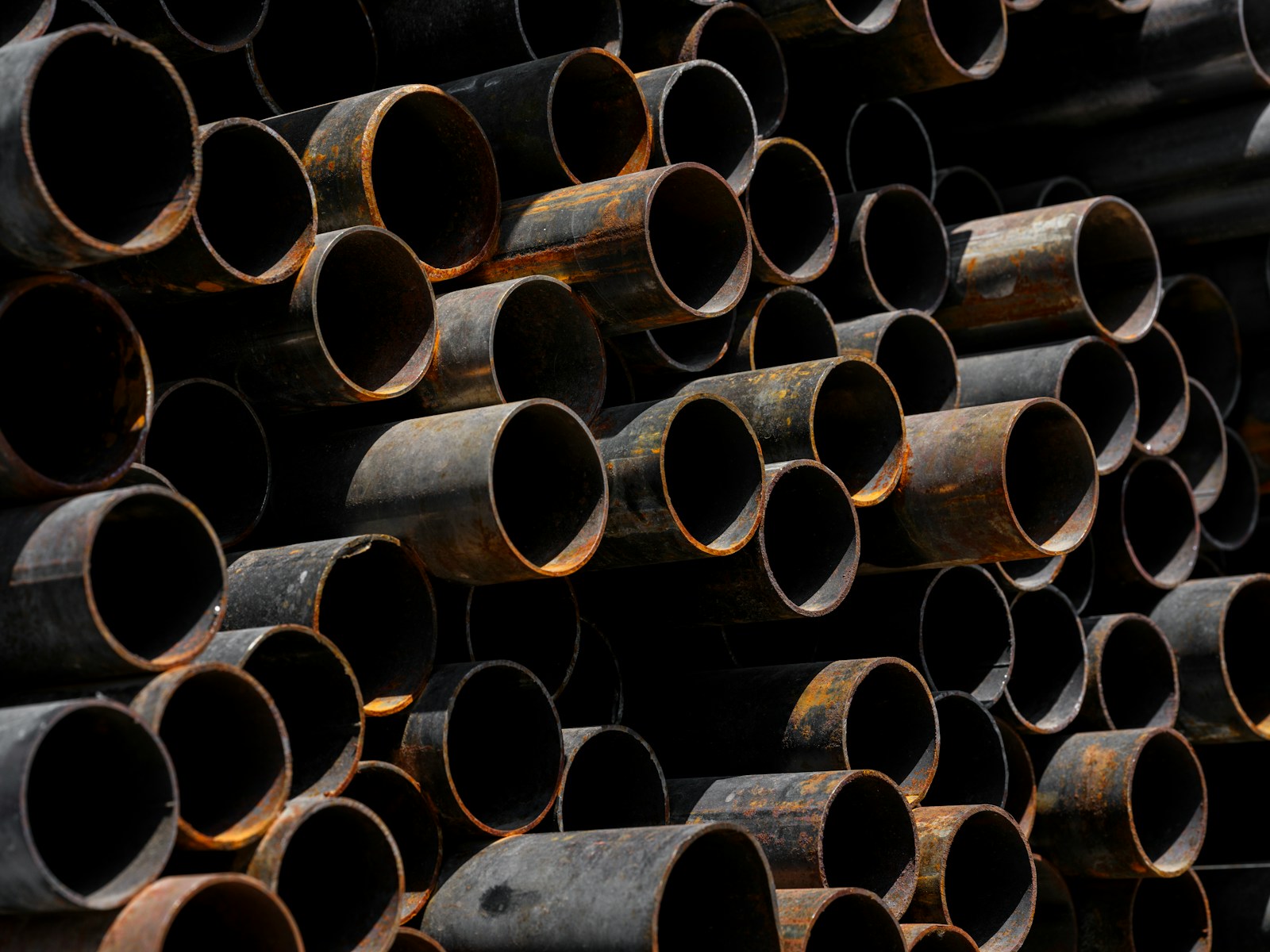Why Steel Is the Future of Residential Construction: Strength, Speed, and Sustainability
The homes of tomorrow are being shaped today by the materials we choose to build with—and steel is rapidly earning its place at the forefront of this transformation. Long regarded as the backbone of commercial and industrial architecture, Metro steel is now redefining what’s possible in residential construction. It’s not just a strong material for skeleton frameworks—it’s a symbol of resilience, precision, and responsibility in an age when environmental stewardship and structural innovation are paramount.
For architects, builders, and homeowners, the shift toward steel is more than a stylistic choice. It’s a strategic move grounded in real advantages: strength that withstands nature’s extremes, speed that reduces costs and delays, and sustainability that supports a greener future. In the increasingly complex ecosystem of homebuilding, steel offers a versatile foundation for durability and design without compromise.
The Strength Advantage: Stability Beyond Expectations
Steel’s reputation for strength is well-earned. Pound for pound, it far exceeds wood in load-bearing capacity, making it ideal for structural components that must endure weight, wind, seismic activity, and time. Its uniformity and dimensional precision allow builders to create tighter tolerances and more predictable outcomes. Whereas timber may warp, crack, or degrade with humidity and age, steel remains stable—unaffected by pests, moisture, or rot.
In regions prone to hurricanes, wildfires, or earthquakes, steel-framed homes deliver enhanced safety and resilience. Fire resistance is particularly notable. Unlike wood, steel does not contribute to flame spread, and when paired with fire-rated insulation and panels, it helps safeguard lives and property under extreme conditions.
The structural strength also unlocks architectural flexibility. Wide-open interiors, expansive windows, cantilevered features—all of these modern design elements become more achievable when steel supports the load. Homeowners seeking both bold aesthetics and practical performance find steel to be an enabling material for creative freedom.
Speed and Efficiency: Faster Builds, Leaner Budgets
Time is a precious commodity in construction, and steel is a powerful tool for streamlining workflows. Prefabricated steel components can be manufactured off-site with exact specifications, allowing simultaneous site preparation and frame production. Once delivered, these parts assemble quickly, reducing labor hours, weather delays, and logistical complications.
This accelerated timeline benefits everyone—from contractors managing crew schedules to families awaiting move-in dates. Fewer unexpected delays mean tighter budgets and more predictable outcomes. Because steel frames arrive ready to fit, errors common to cut-on-site materials are drastically reduced, minimizing waste and rework.
Even foundation preparation becomes more efficient. Steel’s high strength-to-weight ratio often allows for lighter foundations in some designs, decreasing excavation depth and material costs. When efficiency extends from design to delivery, the entire construction process evolves.
Sustainability That Builds for Tomorrow
Steel’s environmental credentials are increasingly important in a market driven by sustainable values. Most structural steel used in construction today contains a high percentage of recycled content—and it can be recycled indefinitely without degradation. That closed-loop lifecycle places steel among the most eco-friendly building materials available.
Compared to traditional wood framing, steel avoids deforestation and the emissions associated with harvesting and transportation. Its precise manufacturing process reduces site waste and energy consumption. Moreover, steel structures can be designed to integrate energy-efficient systems more easily, enhancing the overall environmental performance of the home.
Innovations like cool-roof steel panels and thermally broken steel framing contribute to passive energy design, decreasing reliance on artificial heating and cooling. As global regulations move toward stricter building performance standards, homes built with steel stand ahead of the curve, ready to meet or exceed the benchmarks of responsible construction.
Overcoming the Myths and Misconceptions
Despite its advantages, steel has faced misconceptions in the residential sector. Some homeowners worry about thermal conductivity, assuming steel homes feel colder or hotter due to metal’s heat transfer properties. But modern solutions such as insulated panels, thermal breaks, and reflective coatings mitigate these issues effectively.
Others raise concerns about cost, assuming steel is prohibitively expensive. While raw material prices may be higher than wood, the efficiency of prefabrication, reduced labor, and long-term durability often make steel the more economical choice. Life-cycle assessments consistently show steel’s value in maintenance savings, insurance benefits, and energy optimization.
Design flexibility is another misunderstood area. Gone are the days of boxy, industrial steel homes. Today’s steel-framed residences span styles from rustic farmhouses to minimalist modern dwellings, with finishes that mask the frame and celebrate architectural diversity. Steel may be the internal skeleton, but it leaves exterior expression entirely open to creativity.
The Home of the Future Starts with Smarter Choices
Residential construction is no longer defined solely by aesthetics or tradition—it’s shaped by function, resilience, and responsibility. In this landscape, steel emerges not just as a building material but as a philosophy of modern living: one that blends precision engineering with environmental care.
For homeowners dreaming of future-proof structures, for builders seeking reliability and efficiency, and for cities expanding with sustainability in mind, steel offers a foundation that’s as intelligent as it is strong. The shift is no longer theoretical. It’s unfolding on building sites across the world, one beam at a time.





